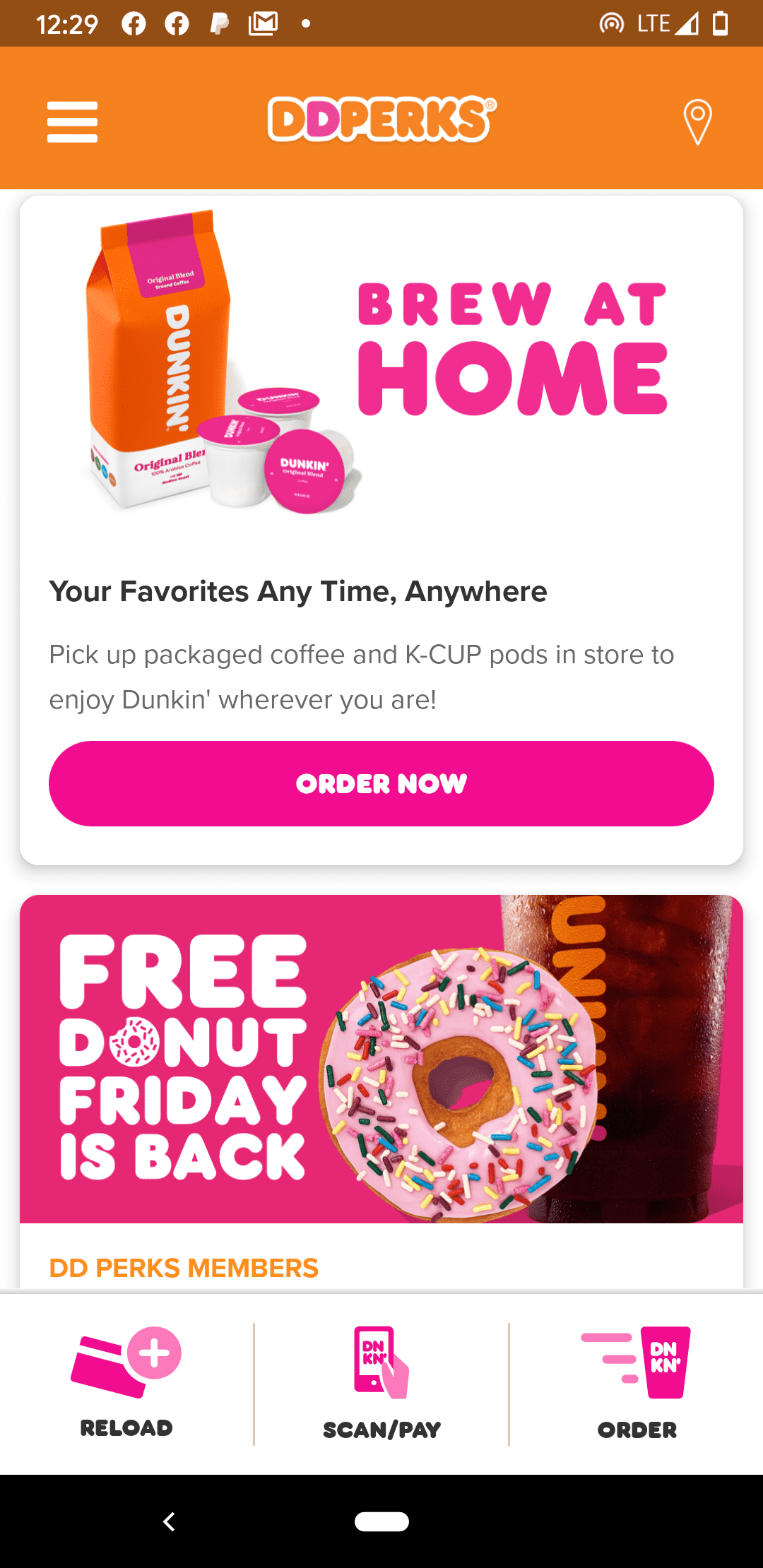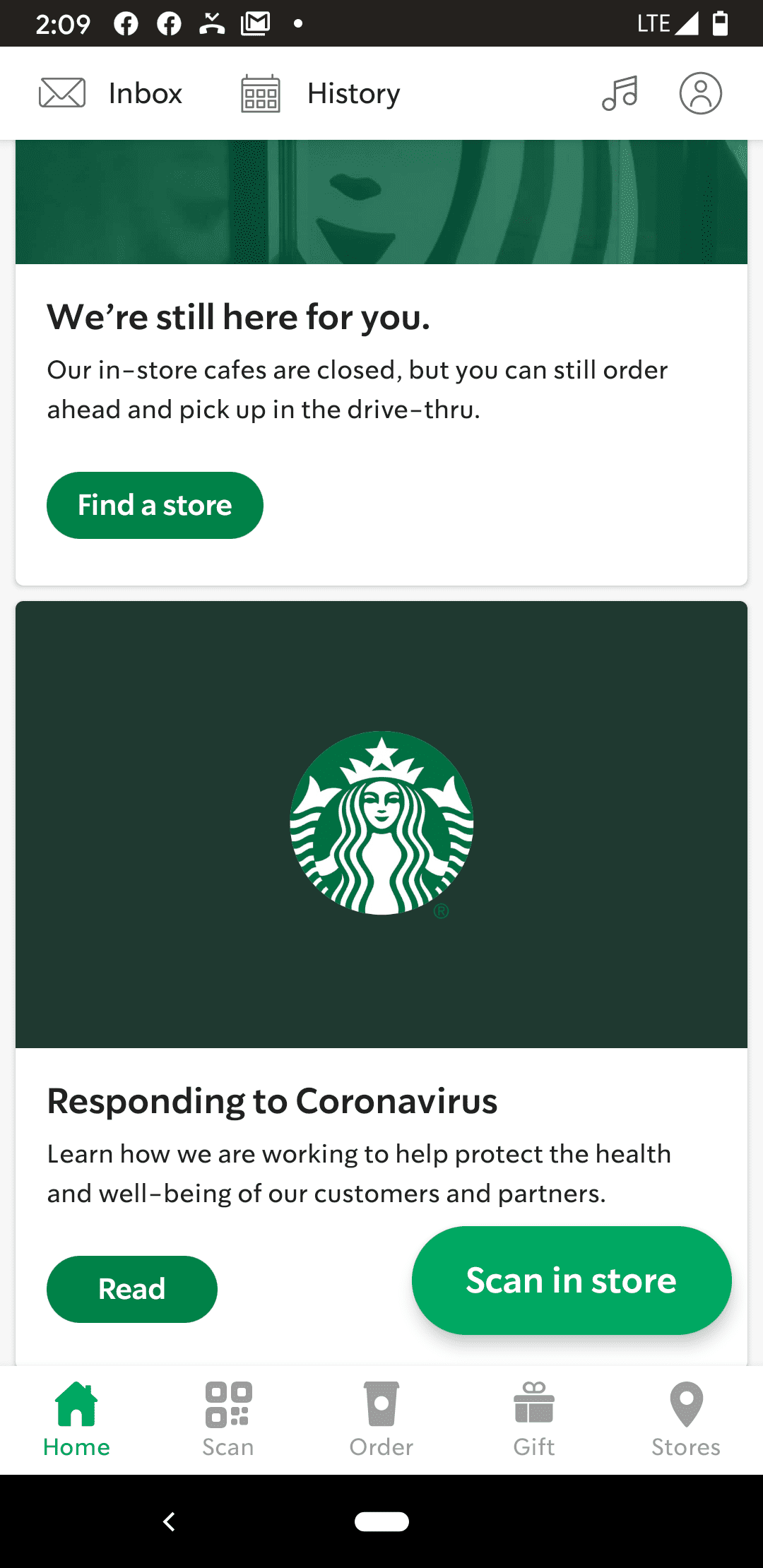Dunkin’ & Starbucks: Changing How We Look At Loyalty Rewards Apps
Shopping is one of those activities that can take various forms depending on the individual – some of us are the in-and-out type but many others are privy to taking full advantage of loyalty rewards apps as well as truly enjoying the “shopping” experience, especially at locations like Dunkin’ Donuts and Starbucks. So long as the key tag is on your keyring or loyalty card is on your wallet, you’re well equipped to get an extra something out of your shopping trip.
For the consumer, these programs produce a psychological effect that keeps customers coming through the doors. While some companies have “a card” that provides mysterious effects, other company cards or their loyalty rewards app provides a clear benefit for every use. So let’s delve into these loyalty rewards programs and discuss why it might be a good idea to emulate for your customers.
The ‘Power of Price’
Renowned psychologist, Dan Ariely, published a book called Predictably Irrational in 2008 that challenges many of the seemingly rational decisions we make which are ultimately derived from an operational fallacy. Specifically, in chapter 10 that’s appropriately titled “The Power of Price,” he discusses how we perceive the value of something based on its price.
To condense this lesson, the main ideas are that we automatically figure that the more expensive something is, the better it is compared to similar lower-priced items.
Ariely discusses and demonstrates that differences in price determine how we perceive quality. A placebo opioid is used as an example to demonstrate and verify that individuals can engage in a “mind over matter” state-of-mind because of price. All participants were given a placebo treatment for painful shocks where the people knowingly receiving the more expensive pill reported better results (i.e. less pain) than those people who knew they receiving a less expensive form of the fake pill.
This mentality leverages loyalty rewards programs and loyalty rewards apps by “giving” customers a reduced-price or even a free item of value. Regardless if items are being sold at a markup (which they are), a customer will focus mostly on the free or discounted item to justify purchasing whatever else is necessary to achieve this discount largely because the items they purchase as well as the free item are deemed to be of worth.
The marketing edge of playing with price
Your business should know the minimum price for products and services to make a profit. With this knowledge, it becomes easier to further increase profits by lowering prices or offering a ‘free’ item or service once certain prerequisites are satisfied.
For example, let’s say that you run a carpet cleaning service and know that it takes a $150 fee per main room to make a comfortable profit margin. If your stated prices simply reflect this price and a prospective customer doesn’t see any way to get a discount or free service, they’re likely to go elsewhere. You could have a competitor that does the same service for $200 but offers a 25% discount which parallels your costs to the cent. A customer that doesn’t have a rapport with you or the competitor will see the competitor’s base price is higher, assume the competitor offers a better service, and typically select the other business.
Establishing a customer base means both enticing and retaining customers by making them feel like their finances aren’t being challenged by rigid pricing. Think if you’ve ever known someone to drive a dozen miles away to save a few cents a gallon on gasoline – depending on the make and model of the vehicle, driving a distance for a small discount can actually cost more money in the end. But it’s the feeling that there is some kind of saving in effect that keeps them going back.
You don’t necessarily need to lower costs but positioning a ‘lower’ price or offering a free item makes a major difference in an onlooker’s final perception. Let’s look at how a few popular programs work with leading, national providers.
Popular loyalty rewards apps
There are a few companies that offer practical lessons for commerce across all industries.
Dunkin’ Donuts. For as health conscience as America tries to be, it still loves junk food and Dunkin’ Donuts reigns as a top ‘fix’ for sugary goodness. Their program works through a linked card or app that links to customer ID where the user gets around ‘5 points’ per purchase, enabling the customer to obtain a free item once they hit the 200 mark. By scanning the card or the app, the customer’s spending is automatically logged – the app notifies the customer once they have a free item.

While this seems like a small benefit, the app had over 10 million downloads as of 2017. Their program gives them a talking point too, which they take advantage of on social media like Twitter – in light of the current COVID-19 pandemic, they’re offering a free donut throughout April, knowing this will lure customers in where they will likely make an additional purchase.
Starbucks. The company that produces the most recognizable coffee brand in the world is also a prime loyalty rewards app example. They have a tiered level of reward membership, starting green then going up to gold. It should come as no surprise that the higher your “Starbucks ranking” the better rewards you receive for being a member.

Similar to the Dunkin’ loyalty rewards program, Starbucks gives ‘stars’ (right now, it’s 2 per dollar) to customers for every dollar spent in one of their locations. After different levels of stars are accumulated e.g., 25 stars, 50 stars, 125 stars, etc.),= a customer can claim certain free food or drink items. Too, loyalty rewards app members enjoy free refills on basic beverages with every visit.
You might now be a coffee or donut chain, but there is certainly a way you can introduce a program – not even necessarily an app – that will make customers feel as though they are getting more bang for their buck. Play around with pricing and see what you can do for your customers and your business bottom line.
Blue Label Labs can build your loyalty rewards app for your business
The act of ‘giving away’ free or low-cost items should be on the radar of every business – the ‘power of price’ is a compelling phenomenon that affects people from all walks of life everywhere in the world. Keep in mind, you may not need an app but that doesn’t mean you can’t come up with a loyalty rewards program that makes your customers feel more comfortable spending money with your business.
Reach out to us at Blue Label Labs to learn more about how a loyalty rewards program or app can help increase your business profits.









